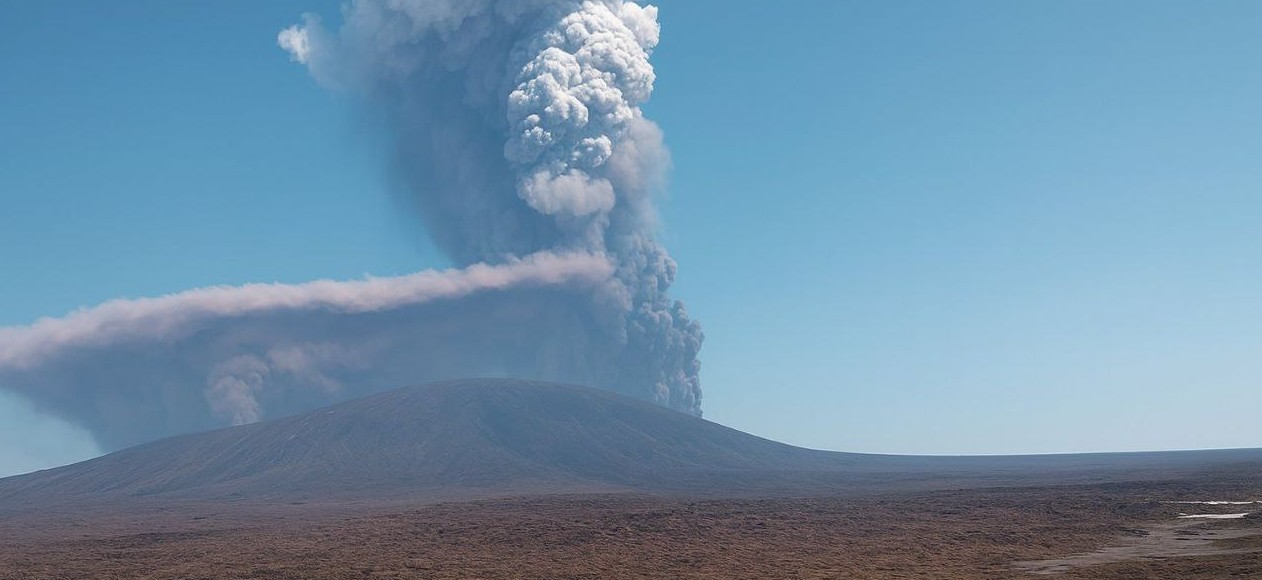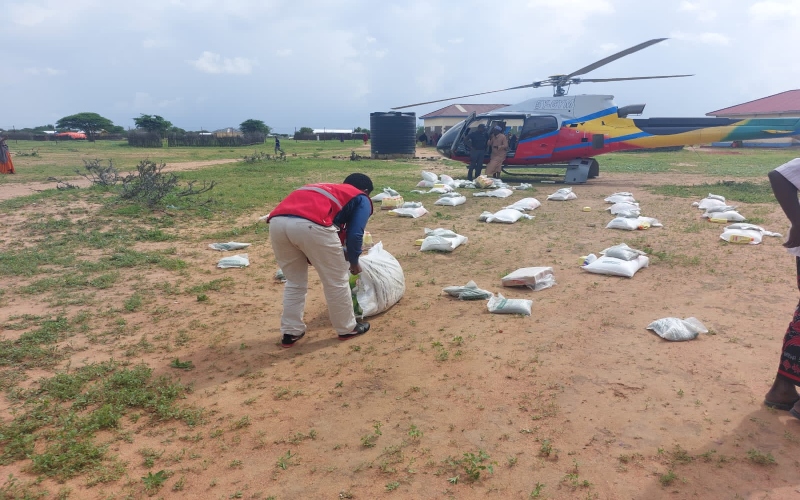Ethiopia’s Hayli Gubbi volcano spews ash across Red Sea into Yemen in historic eruption

Volcanic ash spreads across the Red Sea into Yemen as scientists monitor this rare geological event.
A volcano in north-eastern Ethiopia has erupted for the first time in recorded history, sending ash across the Red Sea and into Yemen, according to regional monitoring centres.
The Hayli Gubbi volcano in Ethiopia’s Afar region began erupting on Sunday, releasing a column of ash that soared to about 45,000 feet. The Toulouse Volcanic Ash Advisory Centre (VAAC) reported that the plume reached roughly 14 kilometres into the atmosphere.
More To Read
- Maternal and newborn health in crisis as millions born in conflict zones, Save the Children warns
- Sudan puts Russian Red Sea naval base plans on hold to focus on domestic crisis
- Global power shifts are reshaping the Red Sea region and changing the rules of engagement
- EU and Africa launch regional maritime security plan to tackle piracy and trafficking
- Global wars threaten women and girls like never before, UN report shows
- Yemen, Somalia hold security talks in Aden to strengthen bilateral cooperation
Officials said strong winds carried the ash cloud westward and then north across the Red Sea. By early Monday, parts of Yemen reported deposits of volcanic ash. The VAAC later noted that the drifting cloud continued toward Oman, India, and northern Pakistan.
The eruption marks the first known activity from Hayli Gubbi in roughly 12,000 years. The Smithsonian Institution’s Global Volcanism Program has no evidence of eruptions during the Holocene, the geological epoch beginning around 12,000 years ago. Simon Carn, a volcanologist at Michigan Technological University, also noted on Bluesky that there is no confirmed activity from the volcano within that period.
Located in Afar region
The volcano is located in the Afar region, about 500 miles north-east of Addis Ababa, near the border with Eritrea, in an area shaped by the East African Rift, where tectonic plates are moving apart. Hayli Gubbi stands at an elevation of about 500 metres. Reports from the ground indicated that the eruption continued for several hours.
Footage posted on social media showed a tall column of pale smoke rising from the area, while satellite imagery revealed a wide ash plume spreading across large sections of the region.
The event has drawn the attention of aviation authorities due to the height and spread of the ash cloud. Air-traffic controllers in several countries around the Red Sea and the Gulf of Aden issued notices to pilots warning of potential hazards. Airports in Ethiopia, Djibouti, and Yemen reported adjustments to flight paths, and several airlines diverted aircraft to avoid the ash.
Volcanic ash poses risks to aircraft because it can damage engines, reduce visibility, and affect onboard instruments. The International Civil Aviation Organisation (ICAO) said it is monitoring updates from the VAAC and regional authorities. No major incidents linked to the ash cloud have been reported so far.
Authorities in Ethiopia’s Afar region have not yet released details about possible injuries, deaths, or property damage.
Limited communication
Communication from the area remained limited on Monday, with local officials stating they were gathering information about conditions near the volcano. The region is sparsely populated, though some communities live near the volcanic field.
Scientists said the eruption offers a rare opportunity to study a volcano that has shown no known activity for thousands of years.
The East African Rift contains many volcanoes, some of which erupt regularly, but long-dormant systems such as Hayli Gubbi are less understood.
Researchers from regional universities and international organisations plan to analyse satellite data and any available ground observations to determine what triggered the eruption.
The ash cloud’s movement toward South Asia has prompted additional monitoring by weather agencies in Oman and India.
Stay indoors
Light ashfall was reported in parts of Yemen, though there were no immediate reports of impacts on infrastructure or public health. Authorities in the region advised residents to stay indoors if ashfall increased.
The eruption has renewed interest in the geological processes shaping the Afar region. This area marks one of the world’s major rift systems, where the African and Arabian plates diverge—a movement that can produce volcanic activity, earthquakes, and changes in the landscape.
As of Monday evening, the VAAC continued tracking the ash cloud and expected it to disperse as it moved farther from the source.
Ethiopian authorities said further assessments would be released once officials reached the affected area.
The eruption remains under observation, and scientists said they have not yet determined whether additional activity is likely in the coming days.
Top Stories Today











































